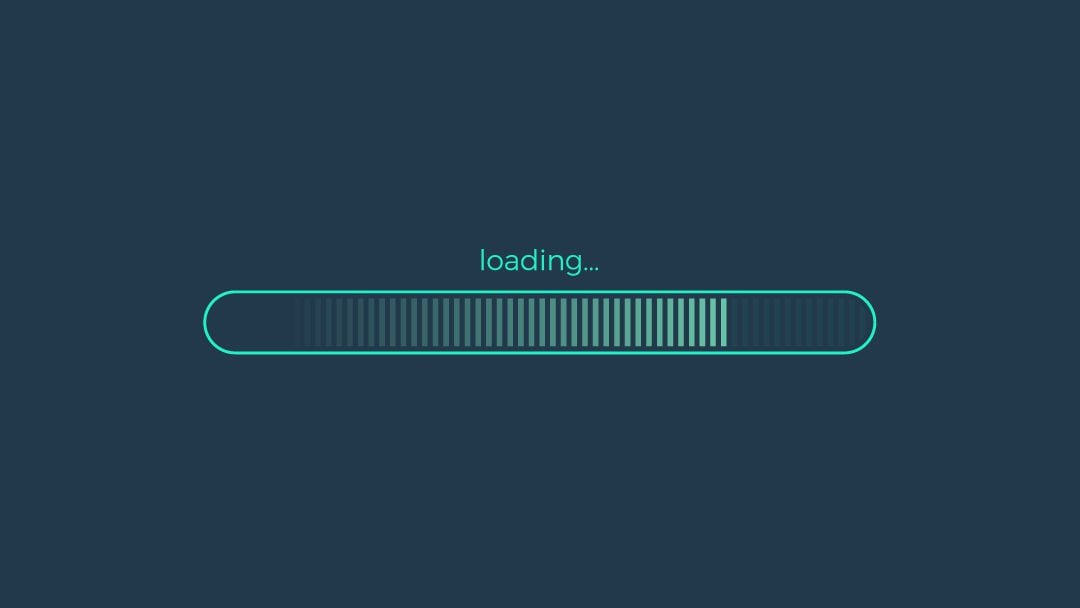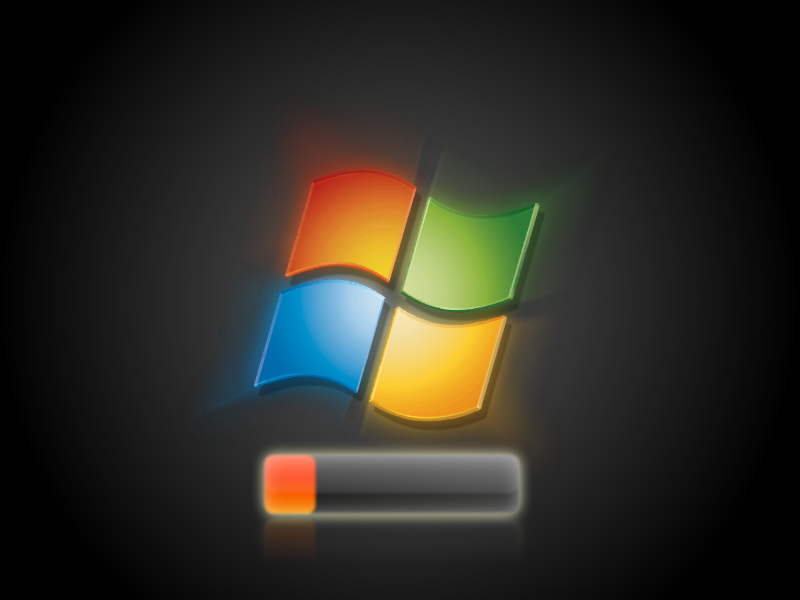

#Loading picture full
The whole article is full of useful information and section 4 - Instantaneous Feel. Building the Google Photos Web UI this magnificent article by Google discuss the different techniques they use to deliver Google Photos.Lazy loading is still in early development and is currently supported in Chrome. auto: browser will determine whether or not to lazily load.eager: is not a good candidate for lazy loading.lazy: is a good candidate for lazy loading.The loading attribute allows a browser to defer loading offscreen images and iframes until users scroll near them. All what you need to do is to use a loading attribute like the following: Native lazy loadingĮarlier this year, Addy Osmani published an article about native lazy loading being supported in Chrome behind a flag. You can check more examples and techniques on this article by Google. My favorite is verlok/lazyload because it’s very light as it uses the intersectionObserver API. There are several libraries created to solve that issue.

The main problem with that technique is related to SEO because the images doesn’t have its src attribute set so crawlers can’t index it.
#Loading picture download
Once that images comes in the viewport, JavaScript sets the src to the value supplied to the data-src and the download start. Commonly another attribute like data-src is used to hold the URL to the image.

It involve using an img tag without a src attribute. Lazily loading images Using JavaScriptĭue to the fact that img tag will trigger the browser to download immediately, we needed a way to delegate loading the images till they’re visible in the viewport. Only after the element is added to the document and gets its style calculated the download of the image will start. Now let’s check this example, it won’t trigger the download: const div = document.createElement('div') const img = document.createElement('img') This has actually one of the oldest technique people used to preload images on the web. Creating an image using JavaScript and setting its src attribute will trigger the browser to download that src even if it is not appended to the document. Just like the img tag on HTML, they simply can’t wait to make requests. The browser will download the images yet they won’t be displayed. That’s why showing and hiding images using CSS is a bad idea: (max-width: 767px) A web browser will start to fetch the resouce provided in the src attribute regardless of the display. Setting the display to none doesn’t have any impact. To start let’s begin with the hello world example that you meet when you start to add an image to a web page: Īs a rule, everytime the browser encounter an img tag with a src attribute it will attempt to download the image. Understanding how they load helps you optimize and improve the performance of your applications. Images have major impact on two things Performance and User Experience. During my interviews when I am hiring I meet a lot of people with many years of experience who lack the foundational understanding of what fires an http request to an image. Today I want to talk about how images load on the web.


 0 kommentar(er)
0 kommentar(er)
